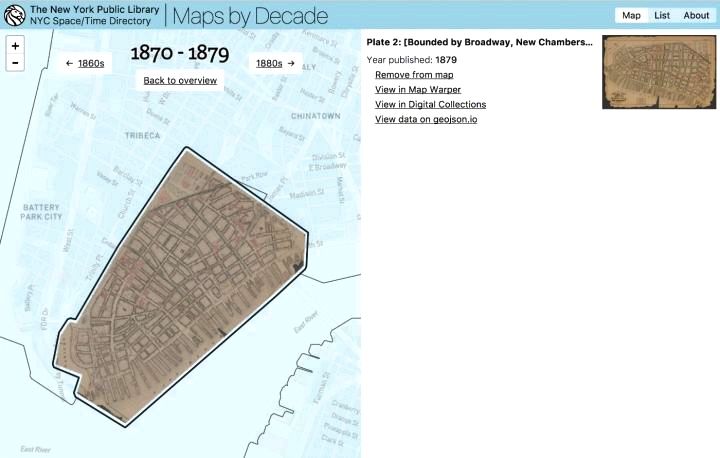
Collection:
Persuasive Maps: PJ Mode Collection
Creator(s):
Bunyan, John
Date:
1821
Subject:
Religion
Paradise and Hell
Allegorical
Full Title:
An Agenda from the Road In the Town of Destruction towards the Celestial City, Adapted towards the Pilgrim’s Progress
Extent:
(cm, H x W) 18 x 24 on sheet 20 x 27
ID Number:
1038.01
Source:
Bunyan, John. 1821. The Pilgrim’s Progress out of this World to that particular Which would be to Come: Delivered Underneath the Similitude of the Dream, In which Was Discovered the way of His Aiming, His Harmful Journey, and Safe Arrival in the Preferred Country.
Collector’s Notes:
"The Pilgrim’s Progress" is really a religious allegory by an British preacher, John Bunyan. It was initially printed in 1678 and it has frequently been known as probably the most read book within the British language as well as the Bible. "The protagonist, named Christian, faces temptations and digressions that may prevent him from reaching his goal, God’s celestial city. The symbolic nature from the work leads to graphic illustration: the Slough of Despond, the Valley from the Shadow of Dying, Vanity Fair—such ‘obstacles’ have grown to be legendary in Western literature. The universal resonance of Bunyan’s work—it continues to be converted into greater than 200 languages—accounts because of its never getting been from print." Delaney 2012, 201. Bunyan wasn’t ordained through the Church of England and declined to make use of it of Common Prayer "The Pilgrim’s Progress" was likely begun as they was imprisoned for refusing to prevent preaching.
Numerous editions from the Pilgrim’s Progress have a form of the "Plan from the Road from Destruction towards the Celestial City". Generally, the street is displayed in three vertical segments, as here. For any version displaying the street like a spiral, see ID # 1055. Interestingly, several scholars have recommended a correspondence between your topography and structures described in "The Pilgrim’s Progress" and individuals Bunyan may have seen by himself journeys from Bedford to London they are collected at http://en.wikipedia.org/wiki/The_Pilgrim%27s_Progress#Places_in_The_Pilgrim.27s_Progress, utilized December 6, 2014.
References:
For detailed information on references, see http://persuasivemaps.library.cornell.edu/content/references.
Legal rights:
For information about copyright and employ, see http://persuasivemaps.library.cornell.edu/copyright.
Identifier:
PJM_1038_01.digital
Date published:
2015-08-25
Resourse: https://digital.library.cornell.edu/catalog/
David Rumsey Map Center at Stanford Libraries
Video COMMENTS:
Jenny Ronneng: WOW I'm so glad to have found this channel, I love old maps thank you for posting
Tony Navarrete: Can hardly wait for the center to open and to explore this fabulous content both via digital and physical interactions. Very cool!


